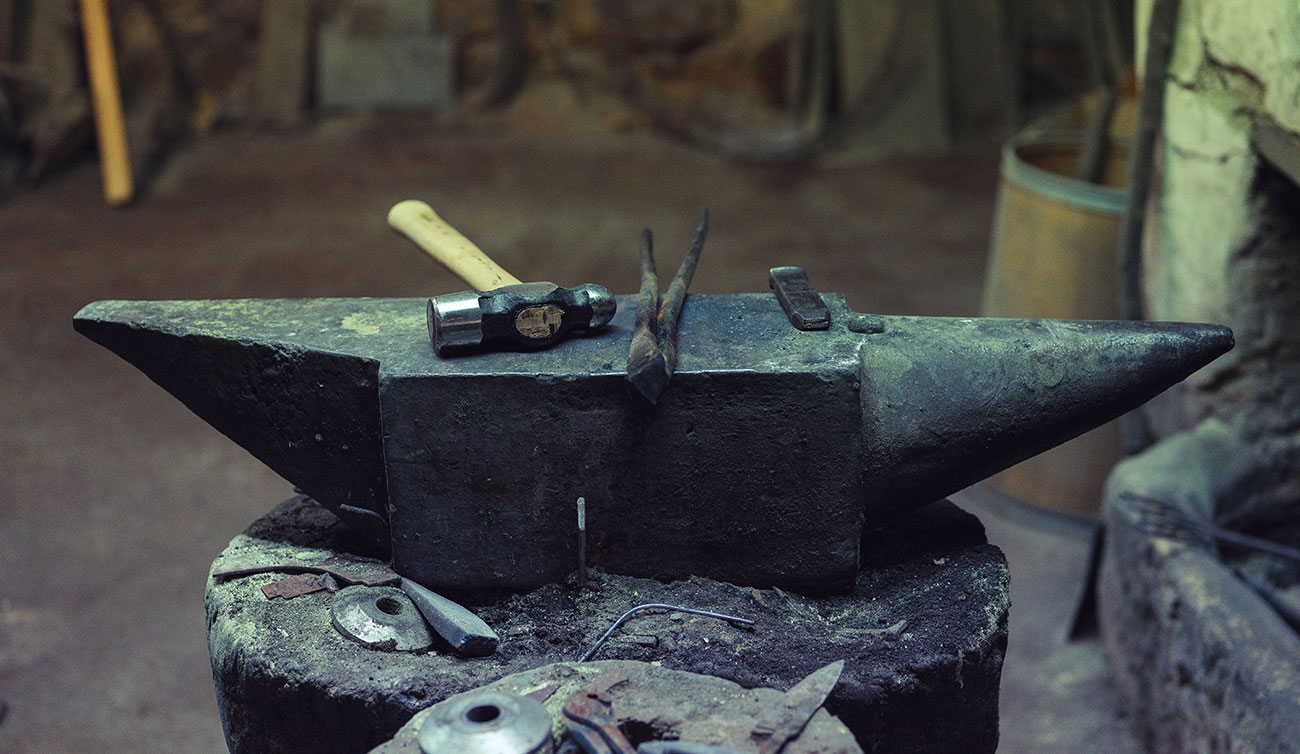
The Art of Sculpting Brass Statues and Figurines in India: A Revered and Ancient Craft
Introduction
Sculpting brass in India is not a modern art form; it is a revered and ancient craft that has stood the test of time. At Divineartis, we will transport you to the intricate world of sculpting brass statues and figurines, exploring the history, techniques, and cultural significance that make this craft an integral part of India’s artistic heritage.
A Time-Honored Tradition
Origins of Brass Sculpting
The roots of brass sculpting in India can be traced back centuries. Historically, artisans began working with brass due to its malleability and durability. Over time, the craft evolved, with each region contributing its unique style and motifs, creating a diverse tapestry of brass sculptures.
Cultural Significance
Brass statues and figurines play a crucial role in Indian culture and spirituality. From depictions of deities in temples to ornate home decor pieces, these sculptures are revered for their aesthetic beauty and symbolic meanings. The craftsmanship involved reflects the devotion and skill passed down through generations.
The Brass Sculpting Process
Selection of Materials
The process begins with the careful selection of high-quality brass. Artisans often prefer alloys that provide both workability and resilience. The choice of materials contributes to the longevity and aesthetic appeal of the final piece.
Designing and Molding
Before the sculpting begins, a detailed design is created. Artisans use a combination of traditional sketches and modern tools to outline the sculpture’s form. Once the design is finalized, molds are prepared, and the intricate details are carefully crafted.
Sculpting Techniques
The sculpting involves a variety of techniques, including casting, chiseling, and engraving. Experienced Indian artisans use chisels to carve out fine details, creating unique and intricate patterns on the surface. Each stroke of the chisel is a testament to the artisan’s skill and dedication.
Finishing Touches
After the brass has taken its intended form, the sculpture undergoes a series of finishing touches. This may include polishing to achieve a gleaming surface or applying patina for an antique finish. The final result is a masterpiece that captures both the essence of the design and the craftsmanship of the artisan.
Regional Styles and Motifs
North vs. South: Distinct Styles
India’s vast cultural diversity is reflected in the regional styles of brass sculpting. In the north, artisans often create statues with bold, geometric patterns, while the south favors more fluid, intricate designs. These regional nuances contribute to the richness and variety of brass sculptures across the country.
Symbolic Motifs
Brass sculptures are laden with symbolic motifs, each carrying profound meanings. Lotus flowers symbolize purity and enlightenment, while elephants represent strength and wisdom. Understanding these symbols adds depth to the appreciation of brass sculptures and their cultural context.
Challenges and Innovations
Preserving Tradition in the Modern World
While the art of brass sculpting is deeply rooted in tradition, artisans face the challenge of adapting to the modern world. Balancing ancient techniques with contemporary demands requires innovation without compromising the authenticity of the craft.
Environmental Considerations
The use of traditional materials raises environmental concerns. Some artisans are embracing eco-friendly practices by exploring sustainable sourcing and adopting greener production methods. This shift aligns with global efforts towards a more sustainable and conscious approach to craftsmanship.
Appreciating Brass Sculptures: Beyond Aesthetics
Spiritual and Artistic Value
Brass sculptures transcend mere aesthetics; they hold spiritual and artistic value. Whether adorning a temple or gracing a home, these sculptures invite contemplation and reflection. The craftsmanship invested in each piece reflects a connection between the artisan and the divine.
Collectibility and Market Trends
Collectors worldwide appreciate the uniqueness of handcrafted brass sculptures. As the market for artisanal and traditional crafts grows, these pieces become not just artifacts but investments. Understanding market trends can help both artisans and collectors navigate this evolving landscape.
Conclusion
The art of sculpting brass statues and figurines in India is a testament to the enduring legacy of craftsmanship. Beyond being decorative items, these sculptures embody centuries of tradition, spirituality, and artistic expression. As we admire the intricate details and symbolic meanings, let us also appreciate the hands that bring these timeless pieces to life.

